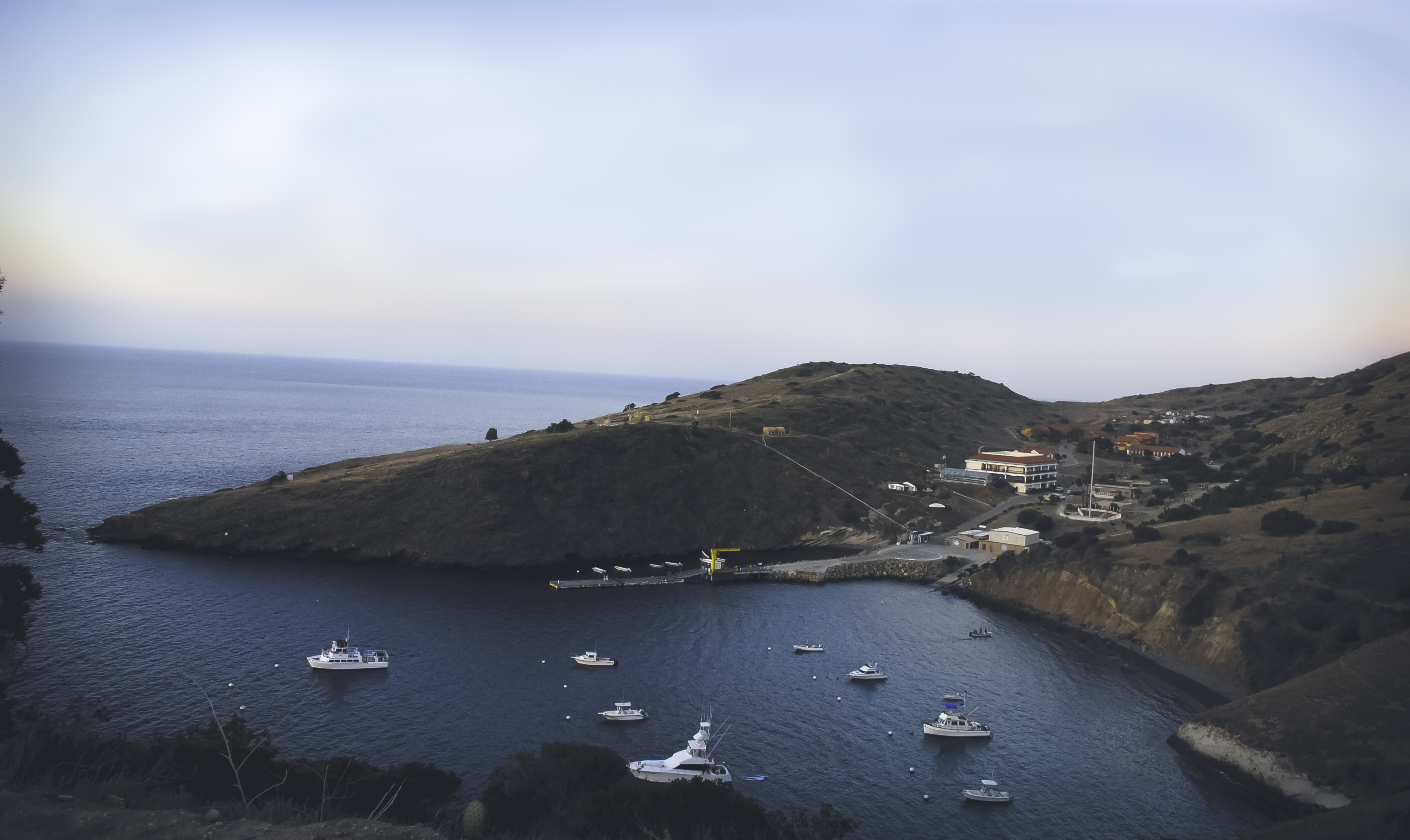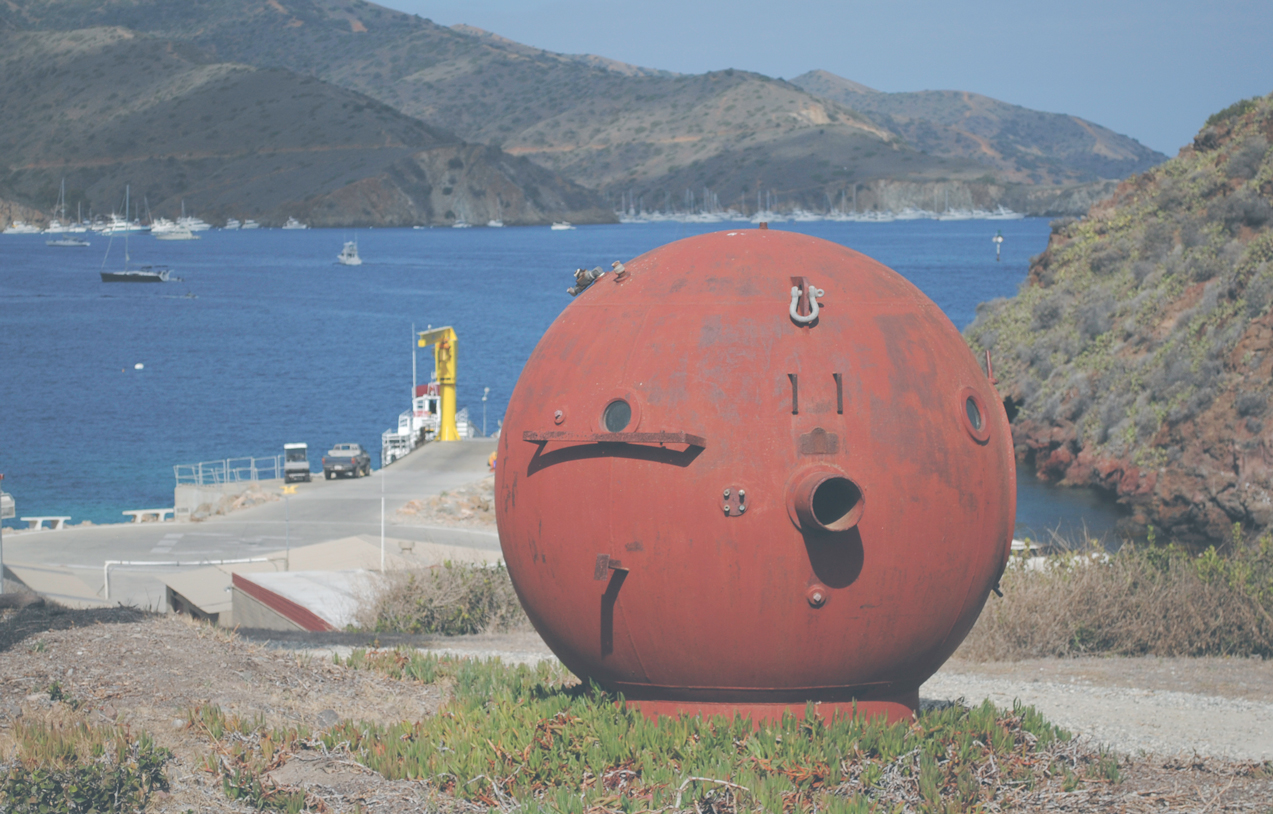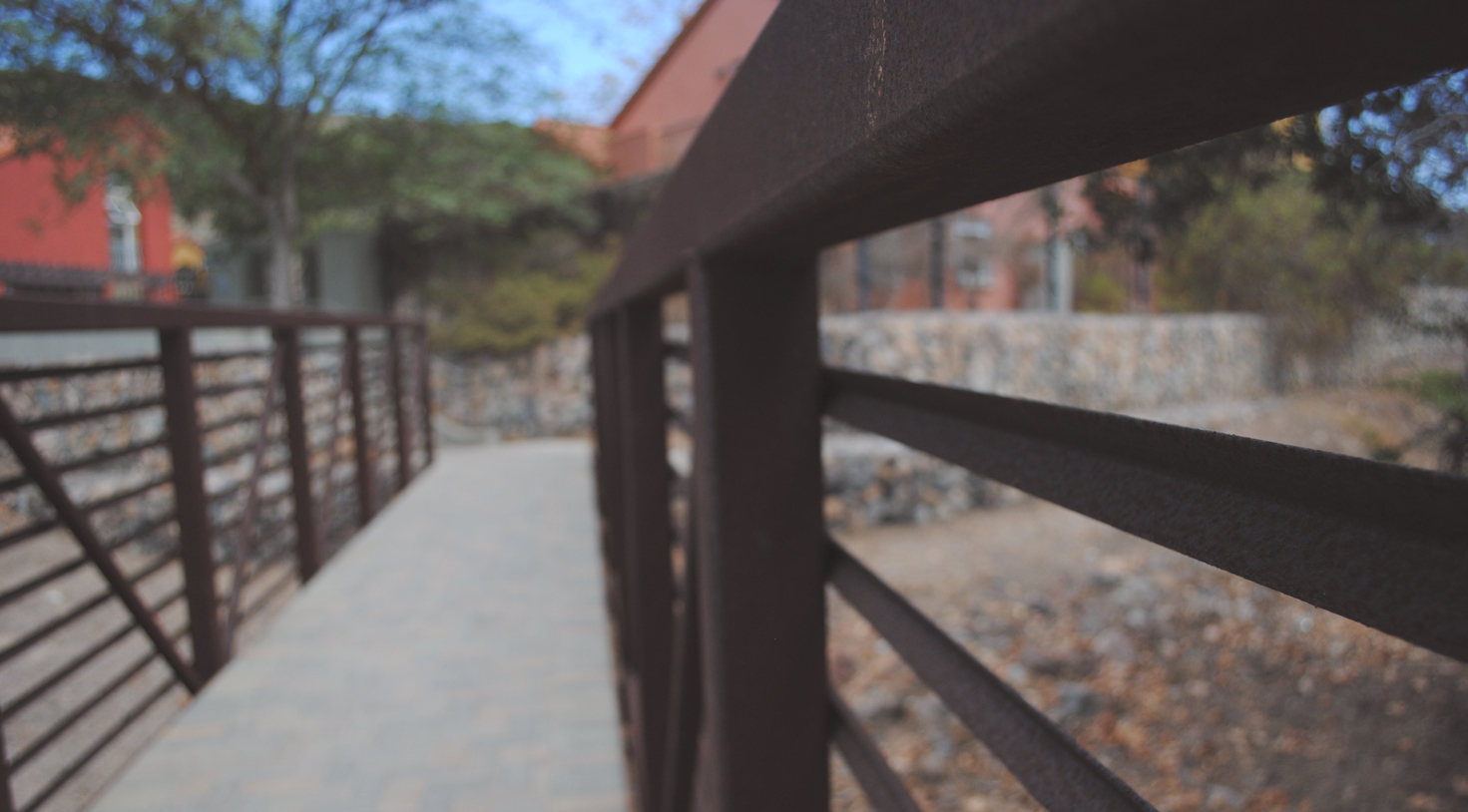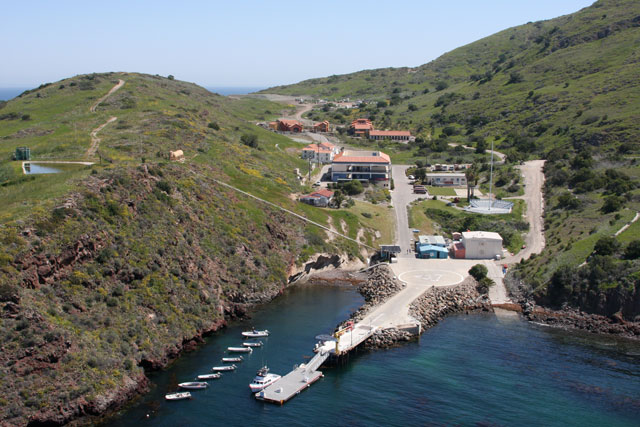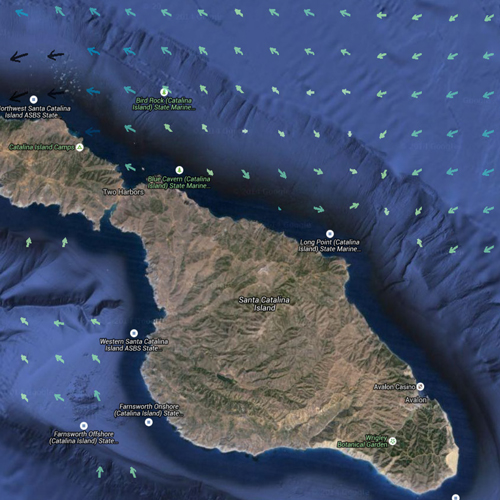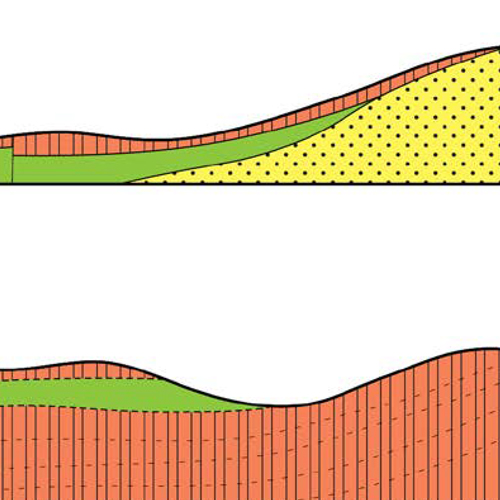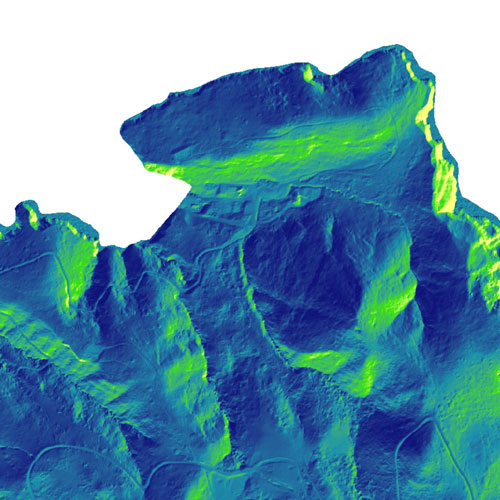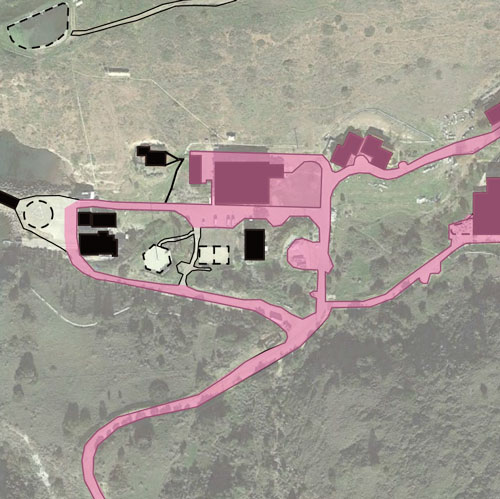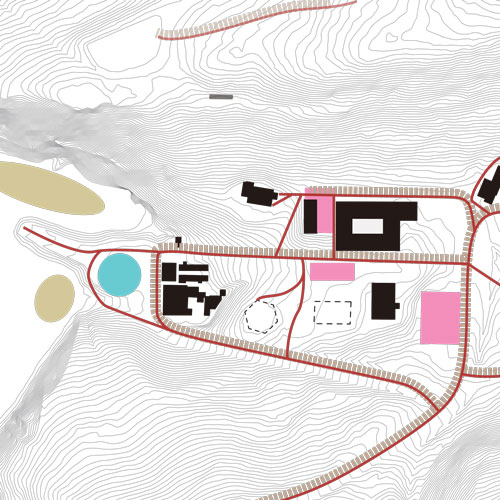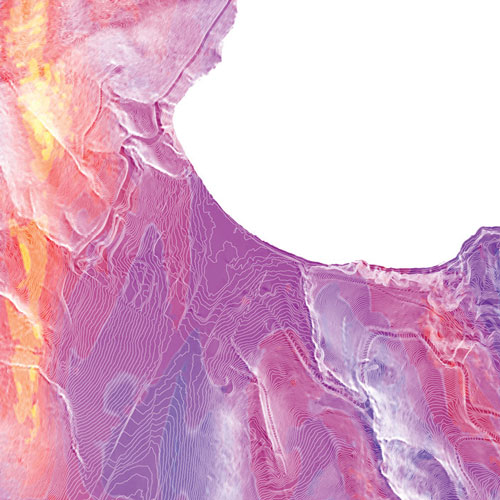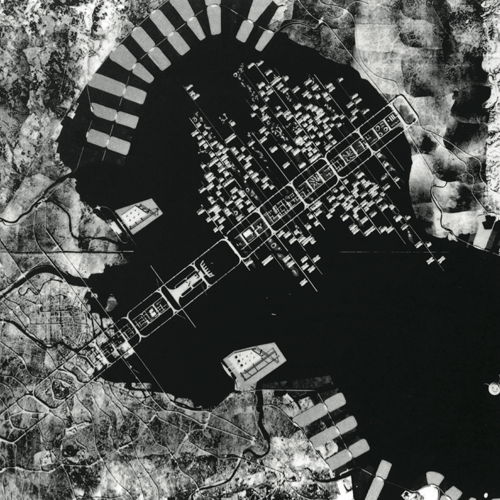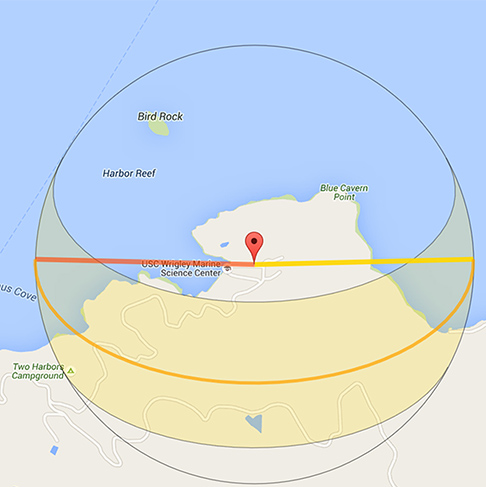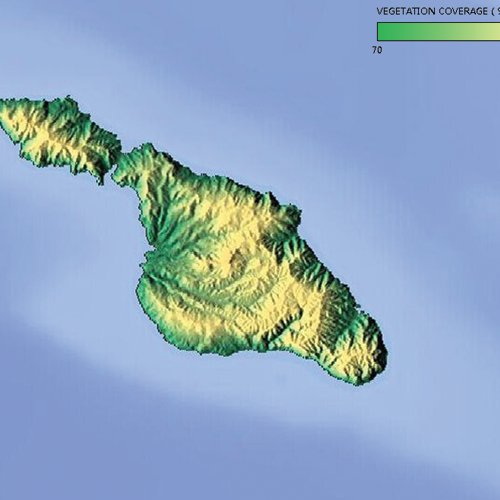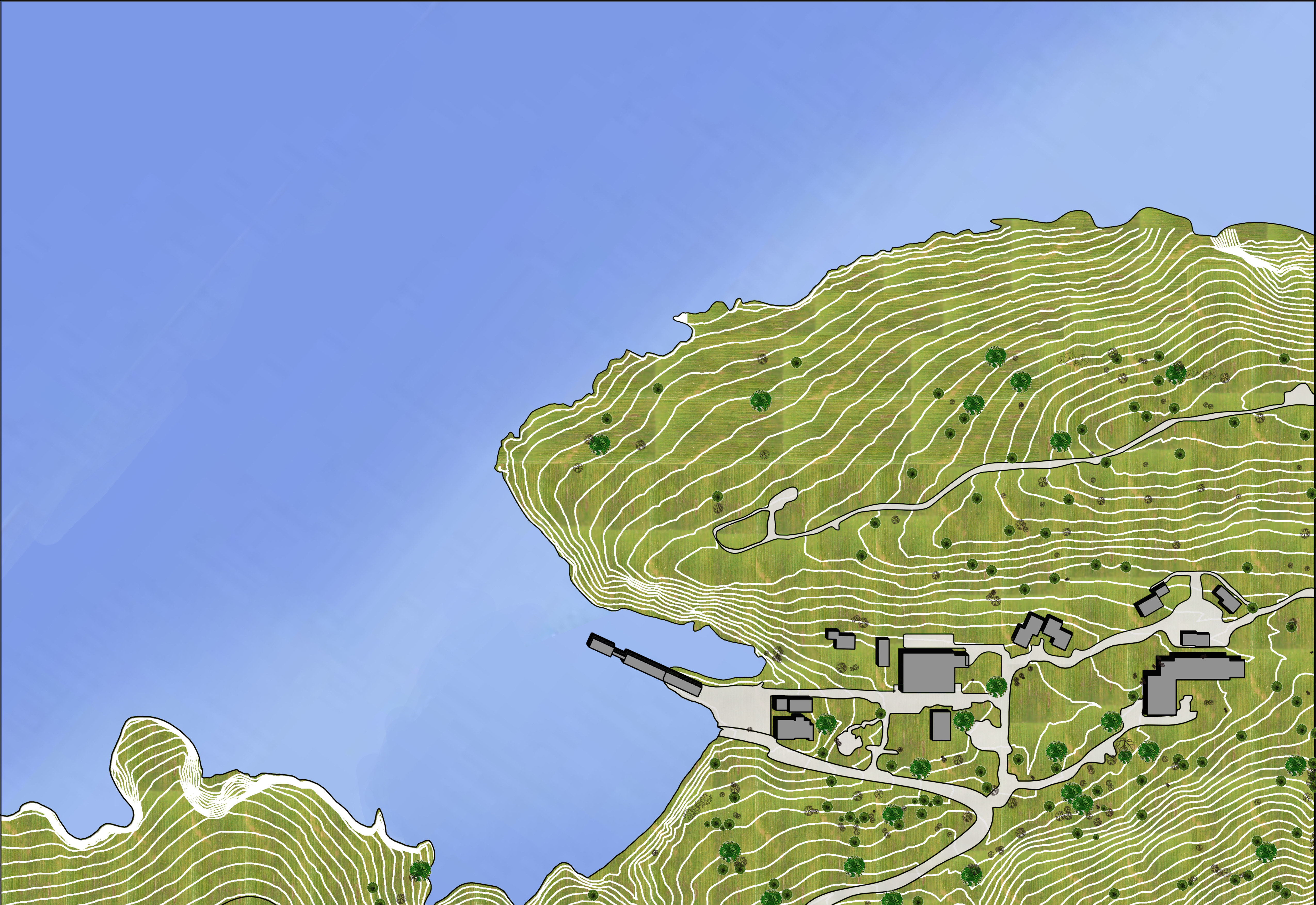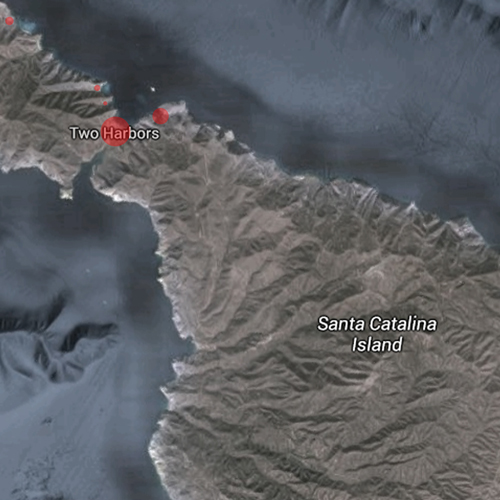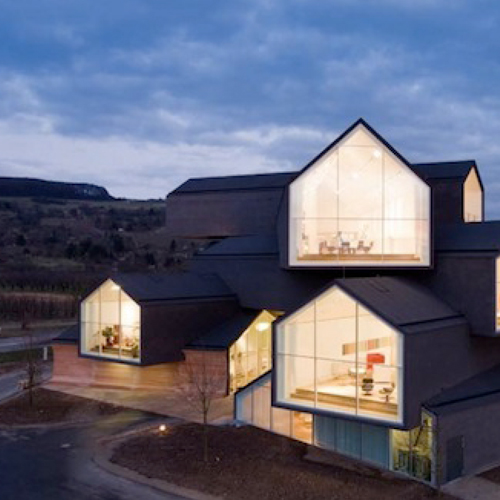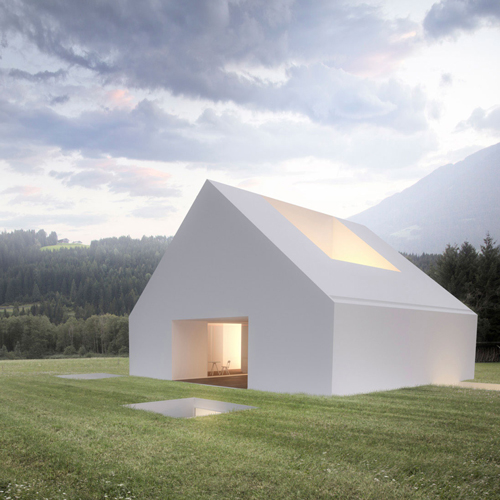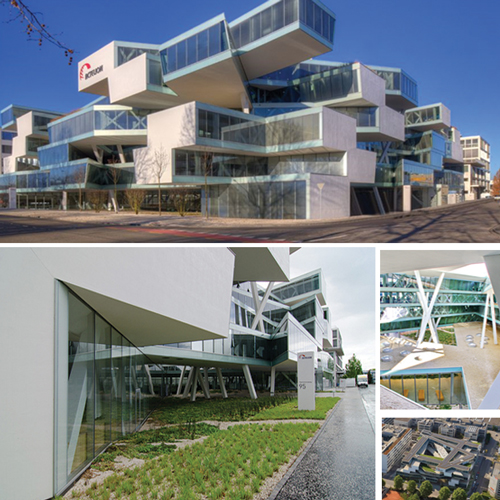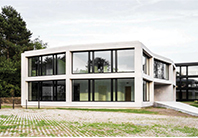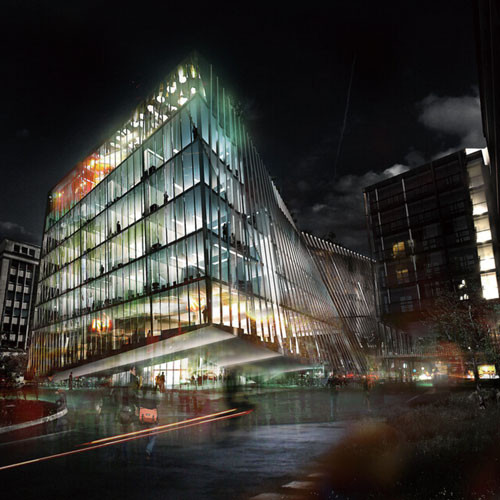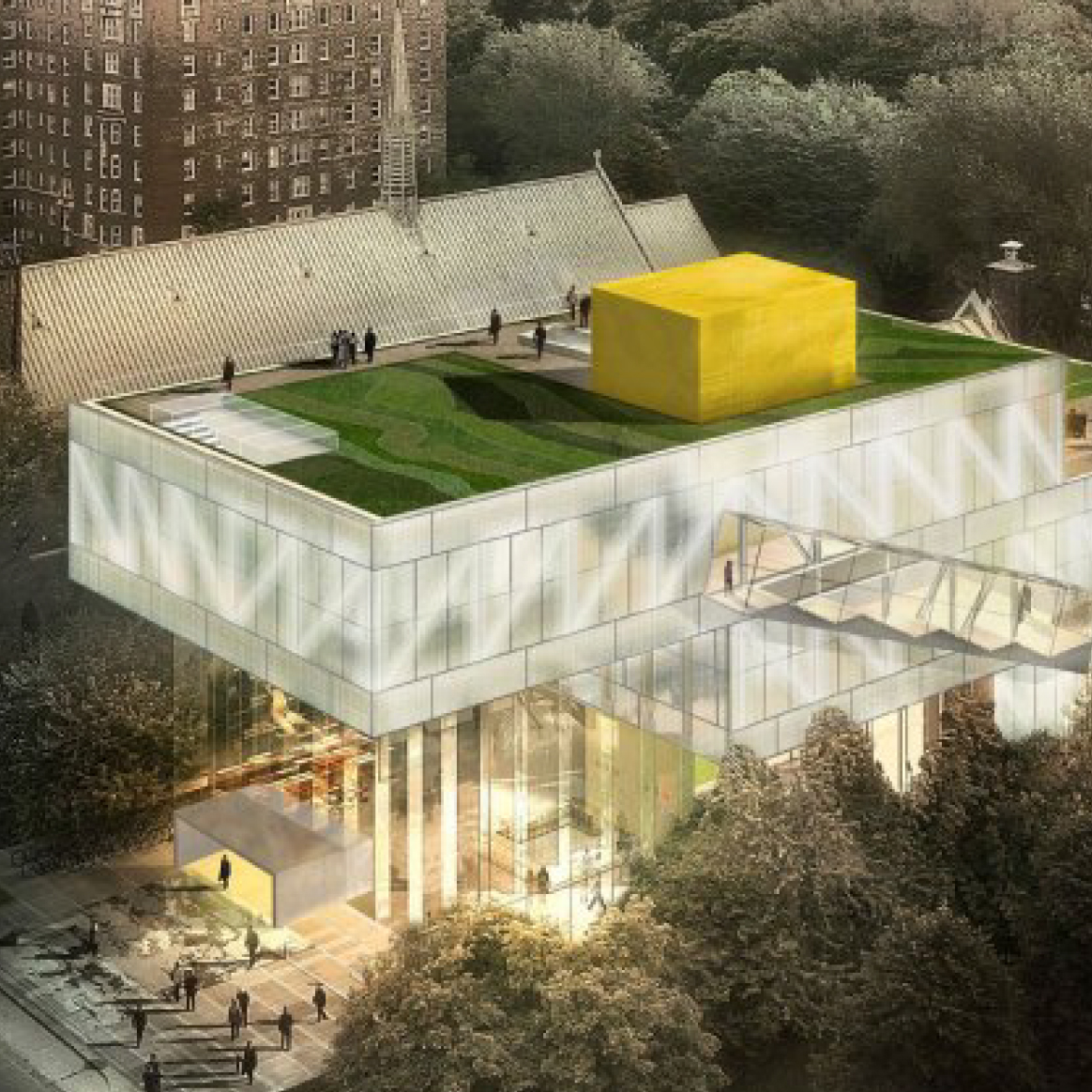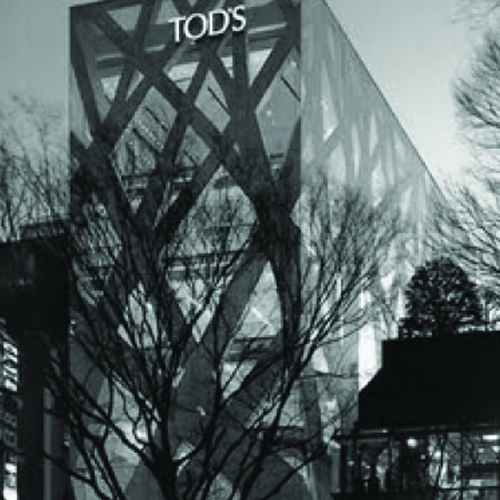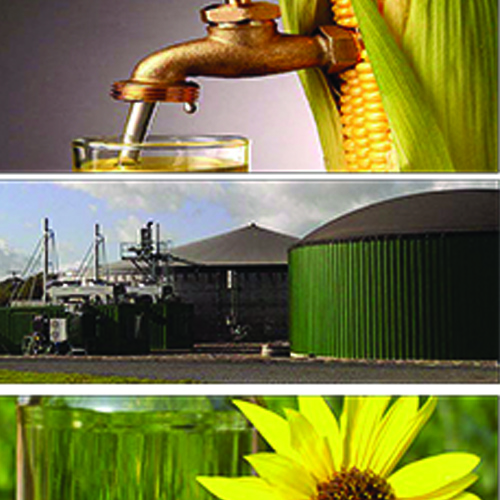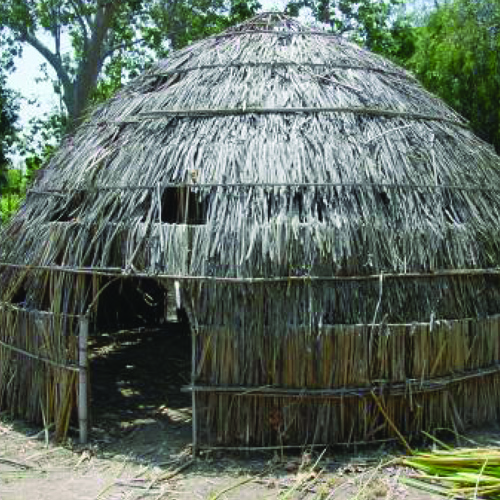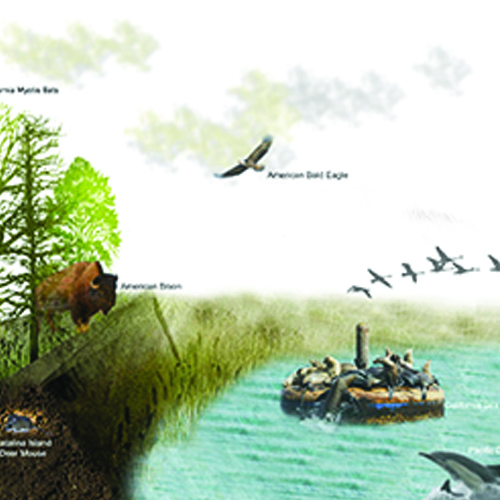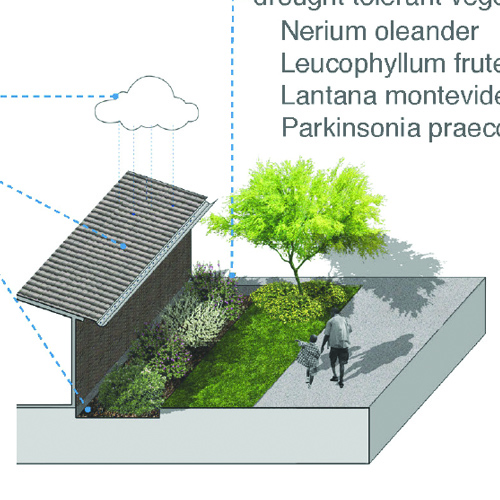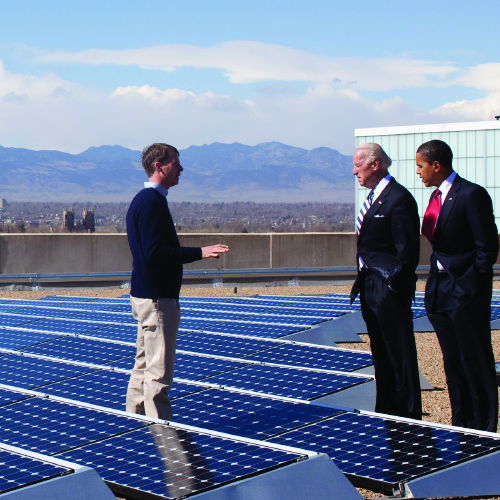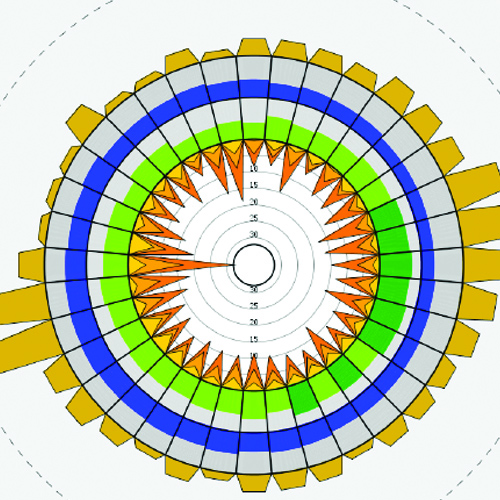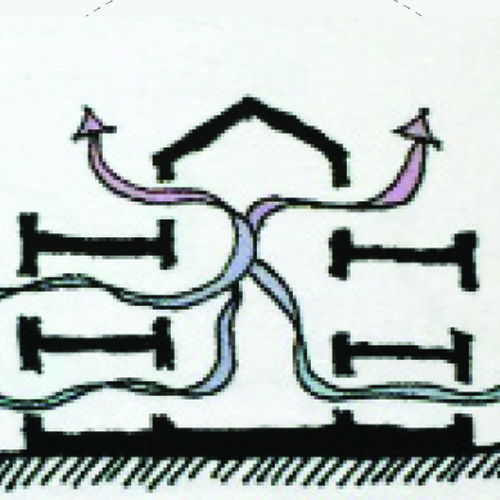ARCH605a
main menu
ABOUT
Competition Brief: Center forv Advanced Environmental Study
A New Center for the USC Wrigley Institute for Environmental Studies on Catalina Island
In 1965, USC created the marine lab on Catalina Island now known as the Wrigley Marine Science Center. USC Wrigley Institute for Environmental Studies is a research institute of marine and environmental science. Our affiliated faculty conduct research in all aspects of the environment. Wrigley Institute scientists investigate biological adaptations to climate change, study interactions among humans and natural systems, and connect science to environmental policy. Unique educational programming and work with foundations and the public enhance public awareness .
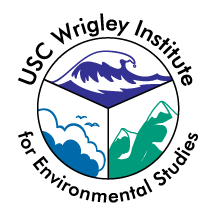
CATALINA ISLAND CAMPUS
The Center for Advanced Environmental Study will complement
the Institute’s state-of-the-art research laboratories, experimental
systems and field settings on Catalina Island, which already
include:
- The research laboratories of the Wrigley Marine Science Center, where scientists and students study Southern California’s native lands, coastal seas and the adaptations of life to a changing world; discover pathways to sustaining ocean and terrestrial ecosystems; and use the present life in the sea to understand and interpret Earth’s history.
- The Boone Center for Science and Environmental Leadership—a think tank and natural retreat for scholars to collectively explore new ideas, data and knowledge in environmental research.
- The waterfront amenities of the Wrigley Marine Science Center, which provide a ready path to studying the coastlines and offshore waters of Catalina Island; complete with vessels, diving facilities, and the on-site USC Catalina Hyperbaric Chamber and helipad, and ...
- USC’s Catalina Island campus housing and food service accommodations.
COMPETITION OBJECTIVES
The competition has been organized to achieve the following:
- To select a design architect for the Center for Advanced Environmental Study, based on their design submission and its ability to fulfill Adjudication/Design Criteria and Institutional Objectives.
-
To foster discourse in the role of design
- as an interface between the human realm and a fragile environment.
- to engage the landscape and assert a net beneficial effect on both human activities and the natural environment.
- to define form as both performative and inspirational.
- To generate ideas and test configurations for a new Center as part of a larger campus planning discourse.
INSTITUTIONAL OBJECTIVES
The client for the project is the USC Wrigley Institute for
Environmental Studies. The Institutes objectives for the new
venue are as follows:
- To provide a venue that encourages responsible and creative decisions in society by providing an objective source of science and fostering an understanding of the natural world among people of all ages. To educate, and inspire interest in biological, ecological, environmental sciences and technology.
- To provide state-of-the-art facilities for innovative research and to share this research, through demonstration and engagement to a broad audience; and to facilitate interaction across different user groups, while giving each the necessary room for productive and contemplative scientific engagement.
- To provide a critical venue for researchers, practitioners and students to forge new discoveries and share their findings more broadly with policy experts and the general public.
- To celebrate the island context by visually and physically connecting users to the environment that is so important to the Institute's mission, and which is one of its greatest assets.
- To complement existing facilities by creating a new center of activity and interaction.
-
To create a venue that expresses the Institute’s commitment to a sustainable relationship with Catalina Island natural environments, and to limit or eliminate its reliance on native or imported resources. Additionally:
- To serve as a demonstration site for alternative design and sustainable living.
- To create a didactic building, one that teaches by exposing building structure and other components.
- To create a building that leads, by demonstrating the technology and strategies behind the practice of energy efficient and sustainable design.
SITE + CAMPUS ENGAGEMENT
FORMAL STRATEGIES AND SYNTAX
TECTONIC AND PROGRAMMATIC STRATEGIES
-
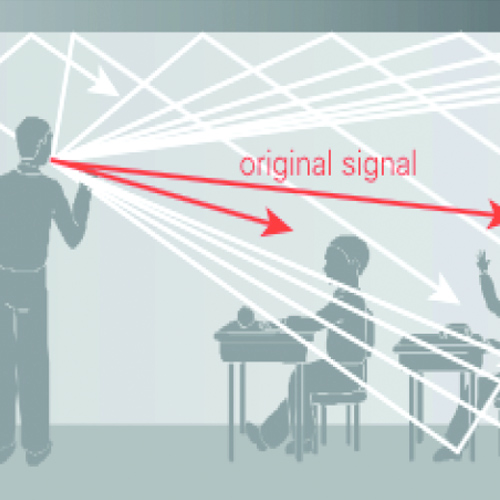
Acoustic Design
-

Classroom Case Study
-
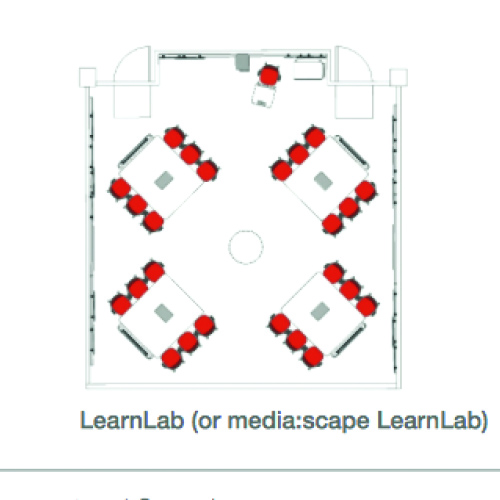
Classroom Typologies
-
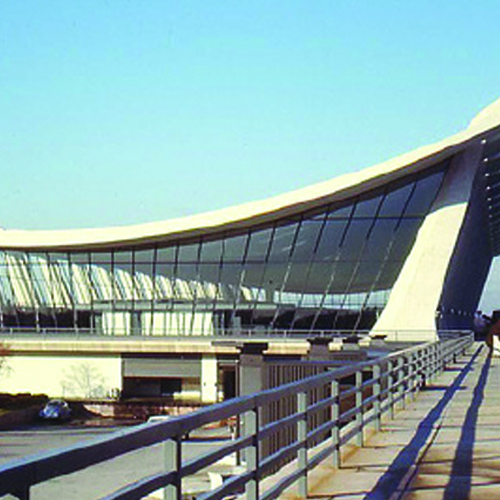
Connection to Foundation
-
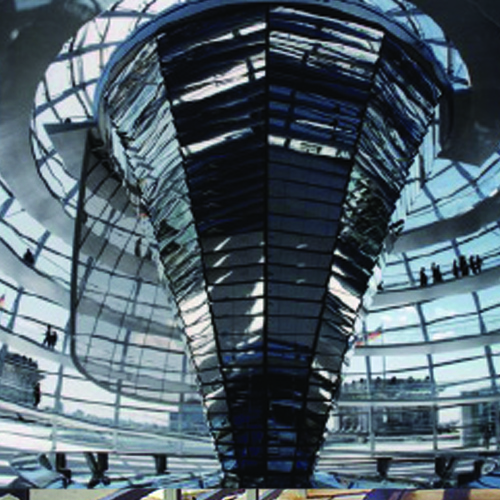
Construction Form Analysis
-
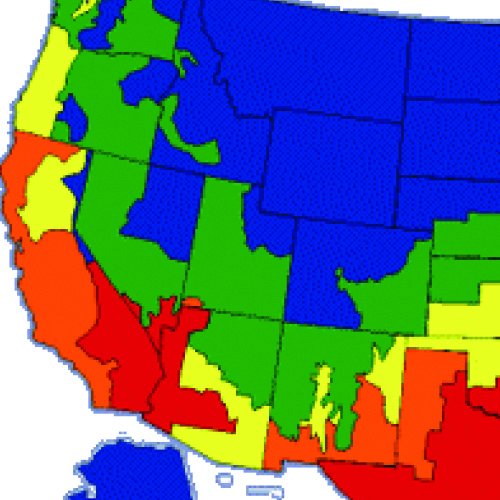
Cooling and Heating
-
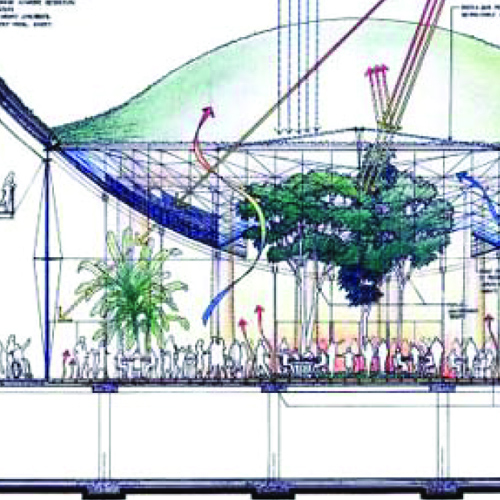
Earthwork
-
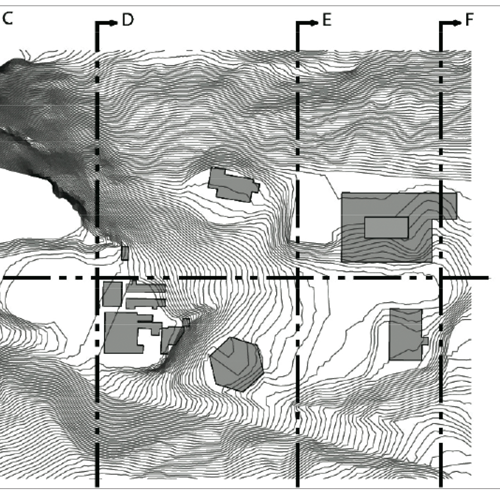
Earthwork
-
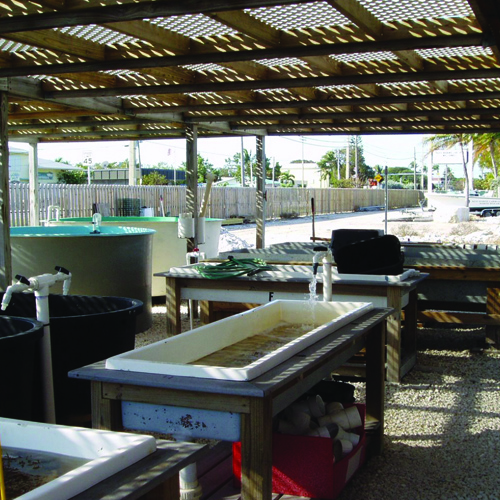
Laboratory Progam
-
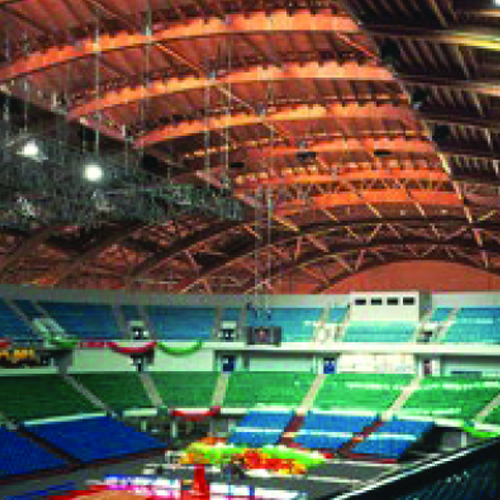
Lecture Hall Design
-
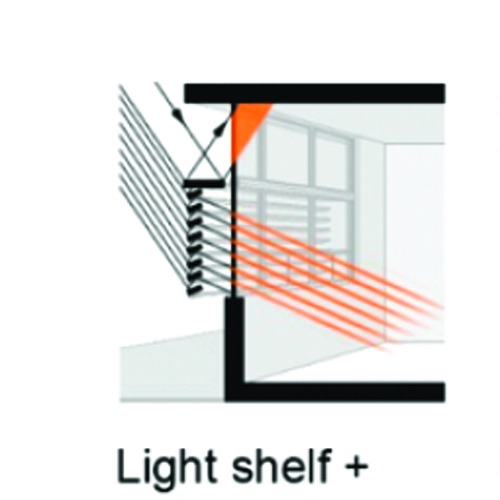
Lighting Design
-
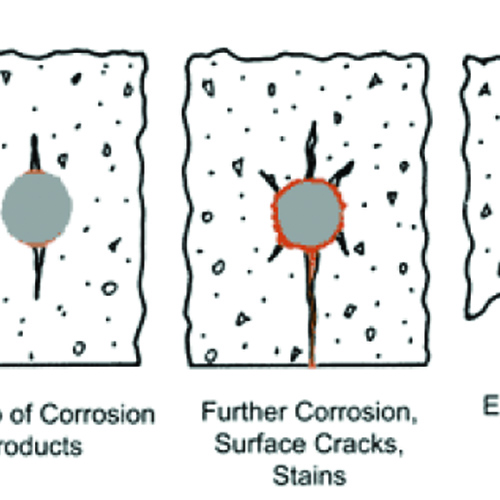
Materials
-
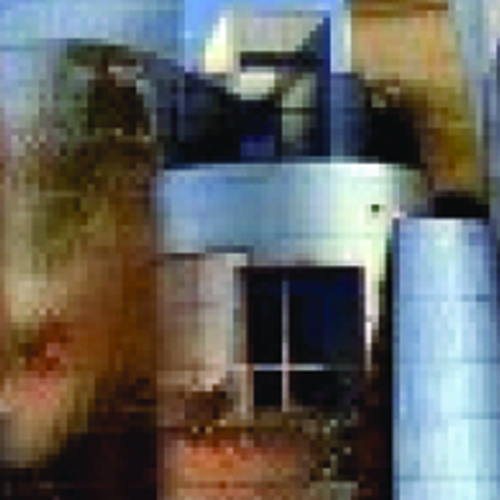
Materials
-
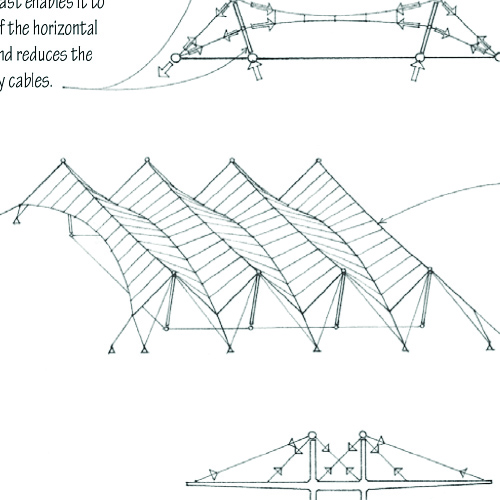
Skill and Speed of Construction
-
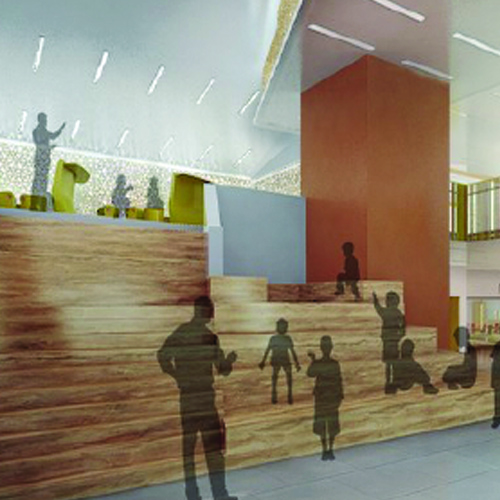
Spatial Configration and Circulation
-
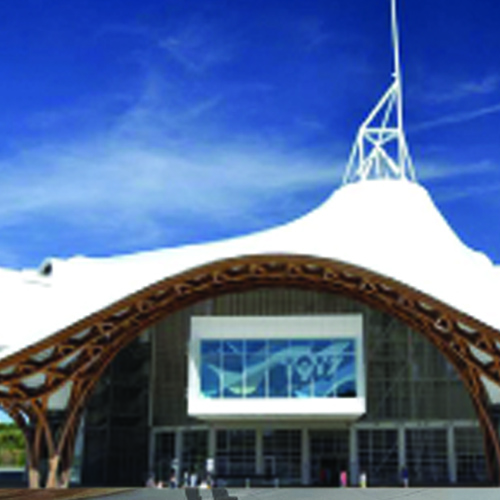
Structural System Types
-

Transportation Logistics
SUSTAINABILITY
STRATEGIES
SITE LOCATION
1 Big Fisherman
Cove, Avalon, CA 90704
https://arch.usc.edu/
TEAM ONE INCORPORATED
Watt Hall Room 209
MWF 2:00pm - 5:50pm
